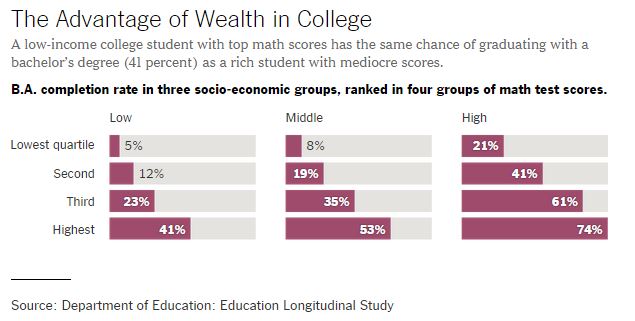Quotes from "Aria":
Richard Rodriguez describes his experiences as an English learner in school, while Spanish was the main language spoken at home. He explains the effect that learning English had on himself and his family's dynamic. Richard was at first nervous to learn English and to speak it in school, which led to his teachers visiting his home and speaking to his parents. The teachers asked his mother and father if English was spoken at home, and they learned it wasn't. The parents and the teachers made the decision to speak only English at home to allow Richard and his older brother and sister to be successful in school. Rodriguez writes, "In an instant, they agreed to give up the language (the sounds) that revealed and accentuated our family's closeness"(1). Rodriguez was shocked that his parents were willing to give up speaking Spanish at home. Spanish brought their family together in Rodriguez's mind and didn't understand why they should stop speaking it at home. Besides speaking only English at home to improve his and his siblings' English speaking skills, they had to attend extra help classes. His teachers also worked to be sure to keep his attention. But they called him Richard instead of the name he was born with, Ricardo.
As his family began to speak only English at home and as his and his siblings' English-speaking skills improved their relationships began to change. His family began to spend less time together and the time they did spend together they didn't really talk to each other. The kid's English improved, but the parents still struggled, and at some point, the kids didn't want to repeat or explain what they said. Rodriguez states, "The family's quiet was partly due to the fact, as we children learned more and more English, we shared fewer and fewer words with our parents. Sentences needed to be spoken slowly when a child addressed his mother or father"(2). Due to the kids receiving lessons in English, it created a rift in their family because the parents were not learning English. The kids felt ashamed to speak Spanish in school, which caused them to feel ashamed to speak Spanish at home or in public. This made talking to their parents difficult.
Rodriguez later described the effect English had on his parent's roles. His father's English was not as good as his mother's, which made the father uncomfortable speaking when they had guests or when in public. His kids and wife would laugh at him while he led prayers at the dinner table, this caused his wife to eventually do it. Rodriguez describes how his father changed from when he spoke Spanish to English. Rodriguez states, "In Spanish, he expressed ideas and feelings he rarely revealed in English. With firm Spanish sounds, he conveyed confidence and authority English would never allow him"(3). Rodriguez's father was able to express himself when he spoke Spanish, but when speaking English he was unable to share information about himself.

I personally don't know how well the education system has improved to include bilingual classes because I speak English in an English-speaking community. But last semester I observed bilingual classes, where they delivered lessons in English in one class and then would do another class in Spanish. The students in both classes were paired up with either strong English speakers with poor English speakers or strong Spanish speakers with poor Spanish speakers. This classroom structure seems very interesting because it allows all of these students to learn two languages while they are in school, which allows them to become bilingual. In my Inspiring Minds classroom lessons are delivered in English and English is the main language that I hear the Preschoolers speak, but I do hear the students occasionally switch over to Spanish.





